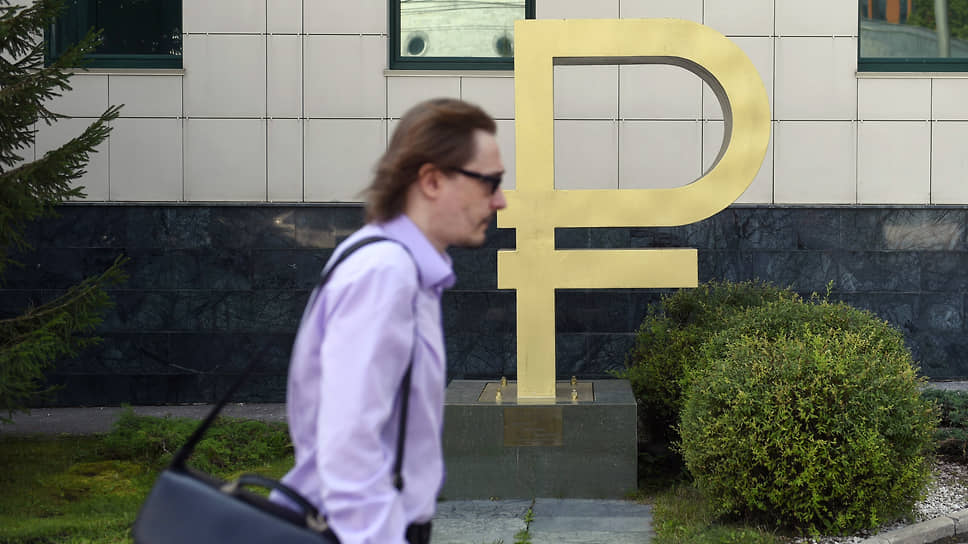Factors of weakness identified for the ruble – Kommersant FM
[ad_1]
Two weeks after the Central Bank sharply raised the rate, the ruble has not strengthened. On the contrary, on September 29, the Russian currency even fell in price against the dollar – at the moment to levels of 98 rubles. By the end of September, proceeds from higher-priced oil were expected to hit the market. It was assumed that this would significantly strengthen the ruble. But neither this nor the actions of the Central Bank significantly affected the exchange rate.
The weakening on Friday is also associated with the end of the tax period, says Evgeniy Mironyuk, stock market expert at BCS World of Investments:
“The main factor that influenced the weakness was the end of the tax period – September 28 was the peak. A clear sign that the rate would begin to decline was the weak reaction to the tax period, which as a whole should have already brought significant additional oil and gas revenues. The sale of proceeds for the purpose of paying taxes should have been greater than in the previous month, plus the Central Bank’s intervention in an amount equivalent to 21 billion rubles. until September 22, did not help the ruble strengthen. It was obvious that after September 28, the ruble would begin to gradually weaken. Oil has recently risen by 25%, and these receipts should have already had an impact in the second half of September. But as this does not happen, there is potential for further weakening.”
The Central Bank has repeatedly stated that they are targeting not the ruble exchange rate, but inflation, and for the regulator any currency values are acceptable. In addition, the head of the Central Bank, Elvira Nabiullina, noted that she does not consider administrative measures to influence the exchange rate effective. For example, stricter foreign exchange controls and the obligation of exporters to sell all foreign exchange earnings in Russia.
But without this, the ruble could fall even further, says Iskander Lutsko, chief investment strategist at the investment company Aygenis:
“Now it is completely independent of oil prices, the tax period, rate increases, budget cuts, and intervention. Such an absurd situation is the first time in the history of the ruble. Because there are technical capital movements that constantly provoke demand for currency.
We constantly have an outflow of capital through rubles to offshore companies and convert them into dollars, which are then used to buy back the assets of non-residents. Transactions are constantly taking place when non-residents sell their assets within the Russian Federation, and this affects the exchange rate. The trend has not changed at all. What can stop it? If the Central Bank introduces capital restrictions, then this will have an impact.
The Central Bank is understandable. The introduction of any restrictions on capital is not a market economy and will have its consequences. What’s the middle option? For example, establish some restrictions, not total ones, so that there is no mass withdrawal of rubles abroad.”
VTB head Andrei Kostin, meanwhile, said that the transition to the Chinese model of the foreign exchange market will lead to a sharp fall in the ruble. According to him, the introduction of two courses will lead to a large difference between them in dollar terms – while one will be 150 rubles. for a dollar, the second – 250 rubles. for a dollar. The head of the Ministry of Economic Development, Maxim Reshetnikov, spoke about an analogue of the Chinese model at the beginning of the week. However, he noted that there is no talk of two courses.
Everything is clear with us – Telegram channel “Kommersant FM”.
[ad_2]
Source link








